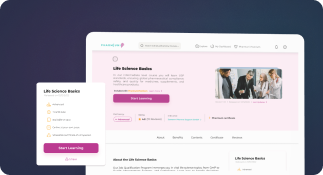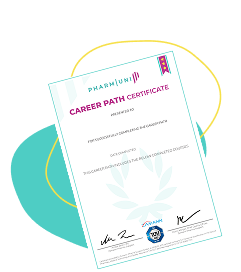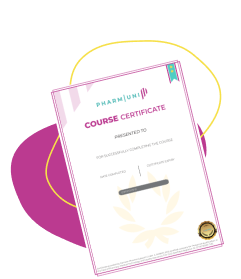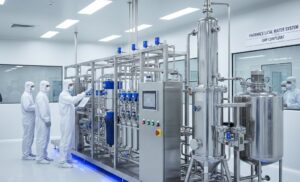GMP (Good Manufacturing Practice)
Definition
GMP Cleaning Validation refers to the documented process of verifying that cleaning procedures used in pharmaceutical and life sciences manufacturing effectively remove residues of active pharmaceutical ingredients (APIs), excipients, cleaning agents, and potential microbial contaminants to predetermined acceptable levels. This validation ensures compliance with Good Manufacturing Practice (GMP) regulations and prevents cross-contamination between products.
Cleaning validation is a critical quality assurance measure required by regulatory authorities like the FDA, EMA, and WHO to ensure product safety, efficacy, and consistency in GMP-compliant facilities.
Detailed Explanation
Why Cleaning Validation Is Essential
In GMP environments, especially in multi-product facilities, cleaning validation is vital to ensure that residues from a previous product do not contaminate the next batch. This is essential for patient safety, product integrity, and regulatory compliance. Without proper cleaning validation, there is a risk of:
- Cross-contamination between different pharmaceutical products
- Adverse patient reactions due to unintended exposure to residual compounds
- Regulatory non-compliance, leading to product recalls or facility shutdowns
Key Elements of GMP Cleaning Validation
Cleaning validation protocols typically include the following components:
- Acceptance Criteria: Predefined residue limits based on toxicological and pharmacological data
- Worst-Case Scenarios: Validation must include the most difficult-to-clean products and equipment
- Sampling Methods: Swab sampling and rinse sampling are commonly used to detect residues
- Analytical Methods: Validated analytical methods such as HPLC, TOC, or UV spectroscopy are used to quantify residues
- Validation Reports: Full documentation of procedures, results, and justifications is required for audit readiness
Types of Cleaning in GMP Environments
Cleaning can be categorized into:
- Manual Cleaning: Performed by trained personnel using approved cleaning agents and techniques
- Automated Cleaning: Conducted through CIP (Clean-in-Place) or COP (Clean-out-of-Place) systems
Each method requires validation to demonstrate effectiveness and repeatability.
When Is Cleaning Validation Required?
Cleaning validation is typically required in the following situations:
- Introduction of a new product or formulation
- Changes in cleaning procedures or cleaning agents
- Installation of new equipment or production lines
- After major maintenance or equipment modifications
Example of a Cleaning Validation Scenario
Consider a facility that manufactures both antibiotics and cardiovascular drugs. Residues from the antibiotic product could cause allergic reactions if transferred to the cardiovascular drug. Cleaning validation ensures that the cleaning process between production batches meets stringent residue limits, verified by analytical testing and documented in validation reports.
Regulatory Expectations
Regulatory agencies such as the FDA and EMA expect pharmaceutical manufacturers to have a formal cleaning validation program. This includes risk-based assessments, scientifically justified residue limits, and thorough documentation. Failure to comply can result in 483 observations, warning letters, or import bans.
Best Practices for GMP Cleaning Validation
- Use a risk-based approach to determine validation scope
- Establish clear, science-based acceptance criteria
- Ensure analytical methods are validated for specificity, sensitivity, and accuracy
- Train personnel in cleaning procedures and validation protocols
- Maintain comprehensive documentation and validation reports



